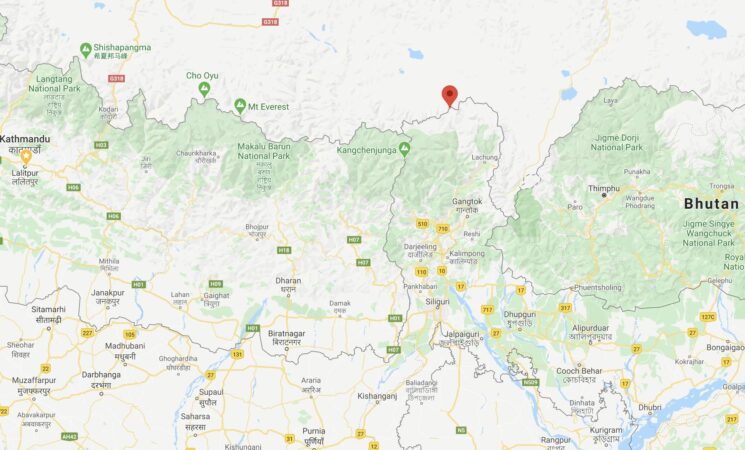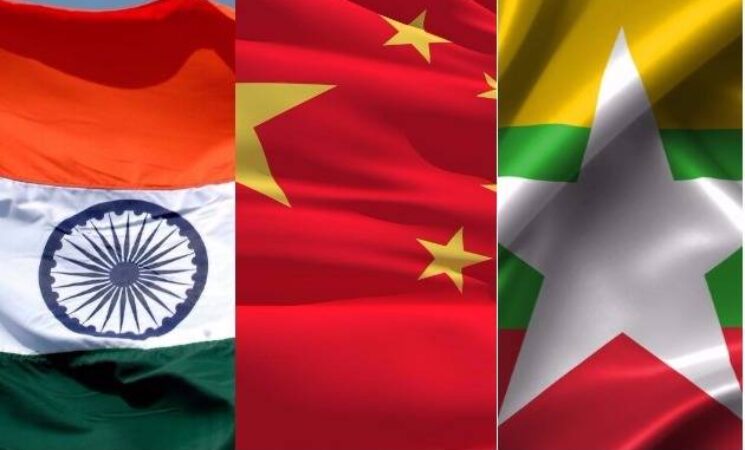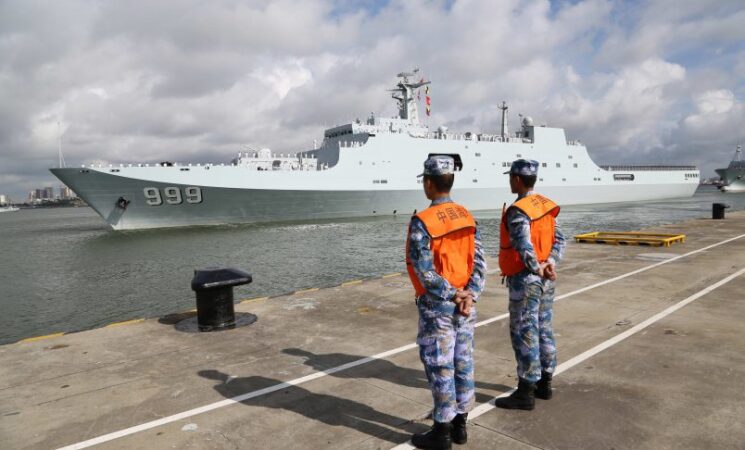Naku La Face Off and India-China Development Diplomacy
Due to the health crisis generated by the COVID-19, people in bordering regions have been brought to face with some important choices. The first is between totalitarian surveillance and citizen empowerment as the state moves to introduce more restraining technologies. Though this is not fully possible in bordering regions, the other challenge to balance between local resources and their construction, to national reconstruction ...










China’s Role in Transnational Public Health Regimes in Post-COVID-19 World
China’s pandemic management model relies on a heavy-handed application of quarantine and lockdown. There is an ongoing debate on the effectiveness and political implications of quarantines since the Ebola pandemic. ...